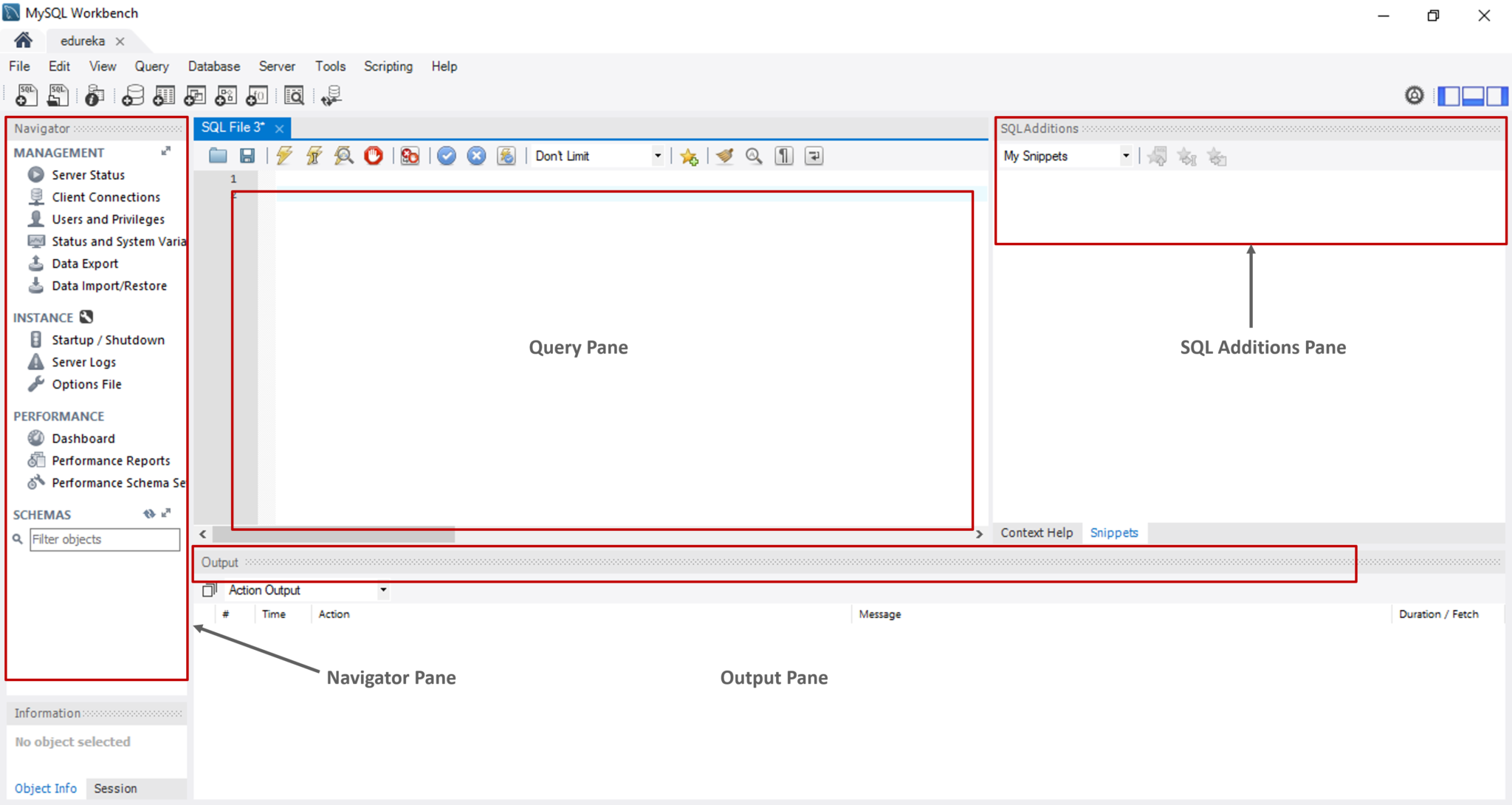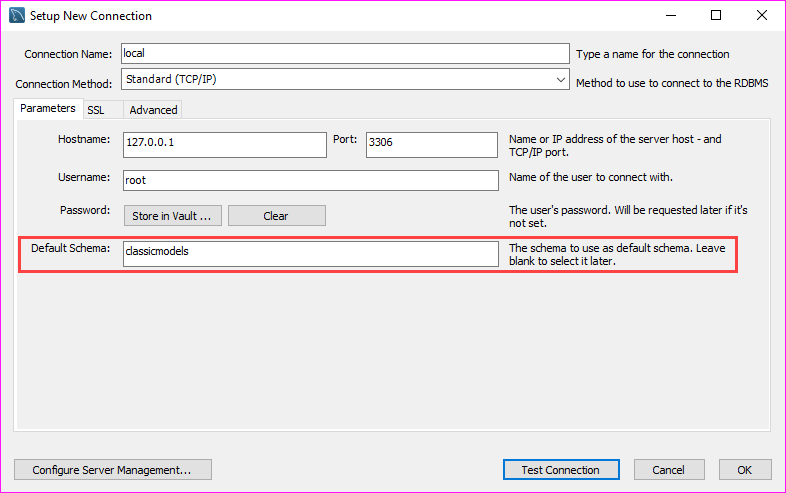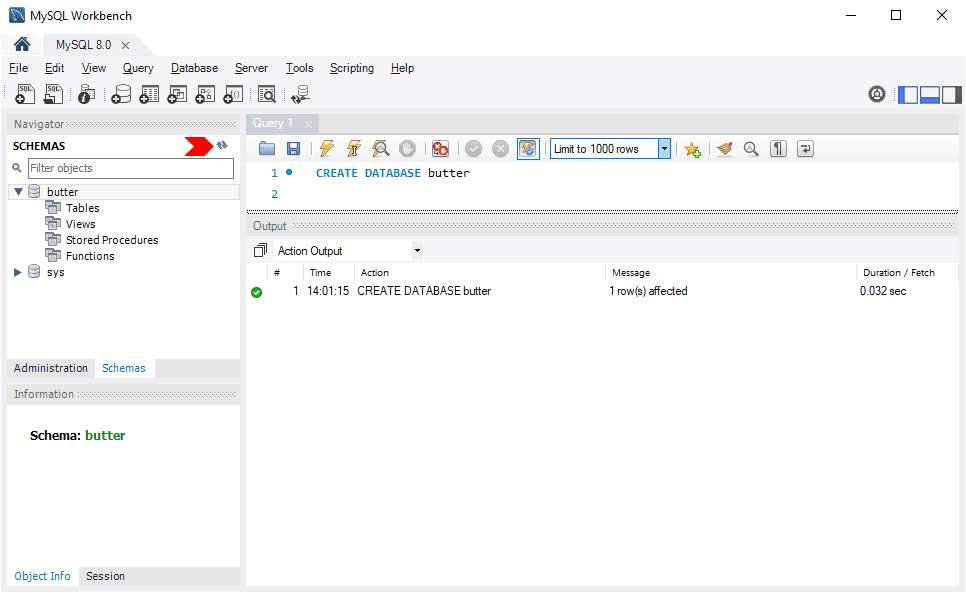

- #Database workbench show output install#
- #Database workbench show output update#
- #Database workbench show output full#
- #Database workbench show output software#
- #Database workbench show output password#
Try it out and see by yourself the amazing auto completion mycli offers by typing something like: You can of course execute queries from there. Basic Usages and CommandsĬongratulation! You should now be connected to your database with mycli!Īs you can see the prompt will display the username, the host and the database you are in. Obviously the user cooluser in our example needs to have permissions on the database employees.
#Database workbench show output password#

#Database workbench show output update#
It allows me to update easily mycli along with every application installed, thanks to yay and the command yay -Syu.
#Database workbench show output install#
I personally use Arch Linux and I install it via the AUR. Everywhere, using the Python package: sudo pip install mycli.Debian / Ubuntu: sudo apt-get install mycli.Arch Linux (using the AUR with yay): yay -S mycli.The only requirement is Python 2.7 or 3.4+. You can install mycli like any other software. Since mycli is a command line tool, every command described here will have to be typed in a terminal. Mycli Installation and Database Connection This is highly practical to have everywhere the exact same configuration for mycli (and everything else like Vim)! The config file of mycli can be stored on Github (it’s part of my dotfiles) or on a private cloud like Nextcloud.However, you can use snippets in mycli for the same benefit and result. MySQL Workbench can write for your some painful queries to remember (adding foreign keys / indexes for example).mycli can format the output of your query in many different formats.The comment section is (surprisingly!) at the end of this article. If you see some functionality missing in mycli, I would be curious to know it. I don’t see anything MySQL Workbench can do that mycli can’t.MySQL Workbench has an attractive interface but mycli is way faster to use.On the right mycli, on the left MySQL CLIĪt last, I’ve got rid of the unstable beast which is MySQL Workbench! You can save your favorite queries in mycli’s config file via a handy snippet system.It sounds silly but it’s really a pain to me with MySQL CLI. You don’t need to end each query with (semicolon).This feature alone led me to praise mycli till the end of time. mycli provide a smart auto completion.Mycli has a lot of useful features the good old MySQL CLI doesn’t have. Let’s understand each other: mycli is not perfect, but it’s still better than anything I tried so far. Then, in the corner of the Internet, where all hope were gone, I saw the Light. I tried the one shipped with MySQL of course, but I found it too limited.
#Database workbench show output full#
How fool I was! When former colleagues showed me the path to Vim and ultimately to the benediction of a full terminal oriented system, it became clear I wanted to use a powerful CLI for MySQL. I was lost in the GUI world, I was searching something with button to click and pop up to close. I was searching something similar but simpler and more reliable.
#Database workbench show output software#
The software was slow and buggy, the auto completion was working totally randomly. I wasn’t satisfied, almost like everybody. I was using MySQL Workbench, like everybody.

Where was the happy ending?Īs Perceval wanted to find the Holy Grail, I wanted to find a good interface for MySQL. I was feeling like a knight fighting the same dragon again and again, and the dragon was always winning.

This quest led me to do innumerable Google searches, trying new tools to finally give up each time. , updated Twitter #Tools #Mouseless MySQL Command Line Tool: Unleash the Power of mycli


 0 kommentar(er)
0 kommentar(er)
